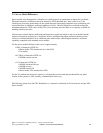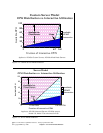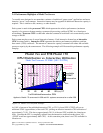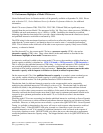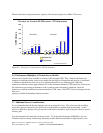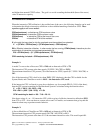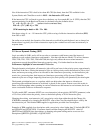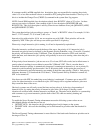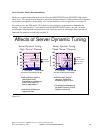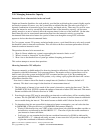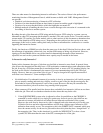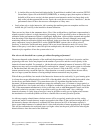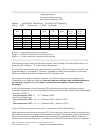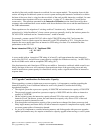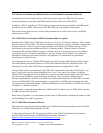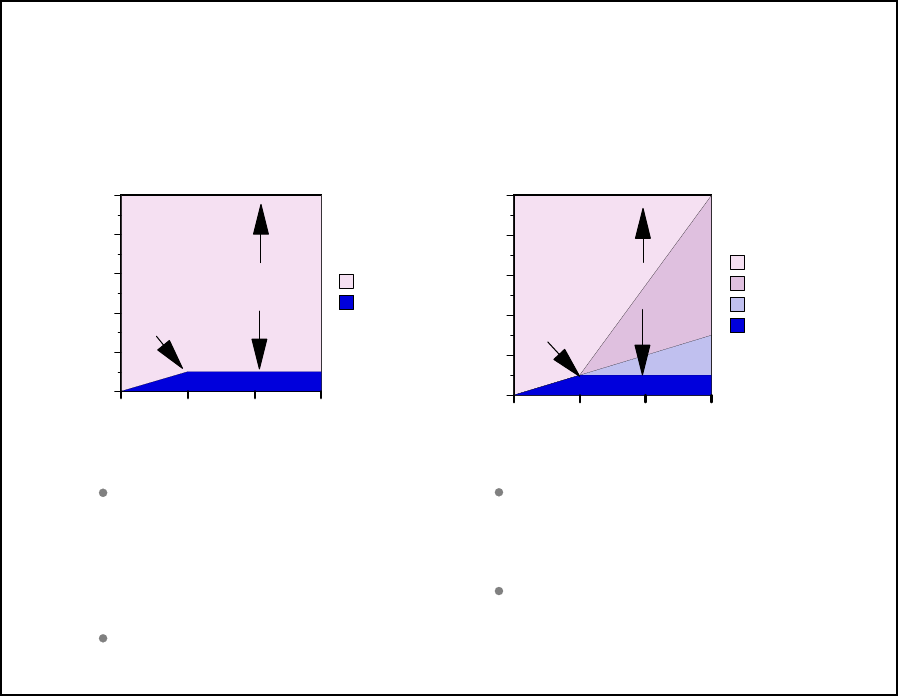
Server Dynamic Tuning Recommendations
On the new systems and mixed mode servers have the QDYNPTYSCD and QDYNPTYADJ system
value set on. This preserves non-interactive capacities and the interactive response times will be dynamic
beyond the knee regardless of the setting. Also set non-interactive class run priorities to less than 35.
On earlier servers and 2/98 model 170 systems use your interactive requirements to determine the
settings. For “pure interactive” environments turn the QDYNPTYADJ system value off. in mixed
environments with important non-interactive work, leave the values on and change the run priority of
important non-interactive work to be less than 35.
0 1/3 Int-CPW Full Int-CPW
Fraction of Interactive CPW
0
20
40
60
80
100
Available CPU
available
interactive
Server Dynamic Tuning - .
High "Server" Demand
Knee
Available for
Client/Server
0 1/3 Int-CPW Full Int-CPW
Fraction of Interactive CPW
0
20
40
60
80
100
Available CPU
available
O.H. or Server
Int. or Server
interactive
Server Dynamic Tuning
Mixed "Server" Demand
Knee
With sufficient batch or
client/server load,
Interactive is constrained
to the "knee-level" by
priority degradation
Interactive suffers poor
response times
Without high "server"
demand, Interactive
allowed to grow to limit
Overhead introduced just
as when Dynamic Priority
Adjust is turned off
Available for
Client/Server
Affects of Server Dynamic Tuning
Figure 2.6.
IBM i 6.1 Performance Capabilities Reference - January/April/October 2008
© Copyright IBM Corp. 2008 Chapter 2 - Server Performance Behavior 28



